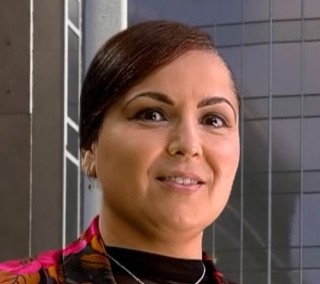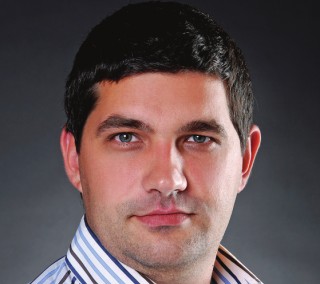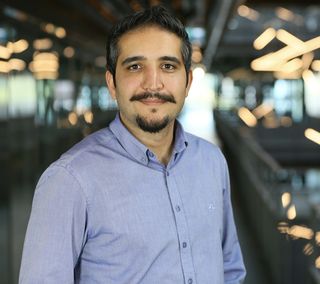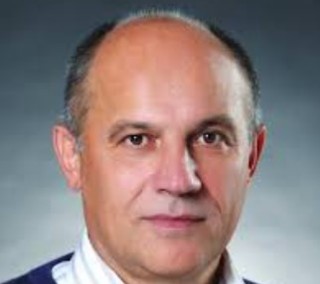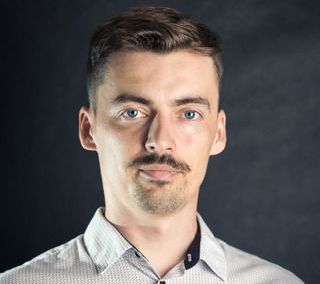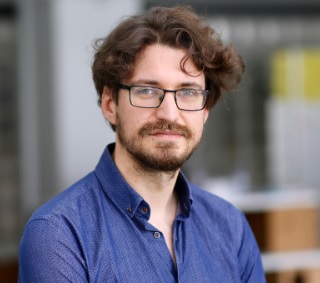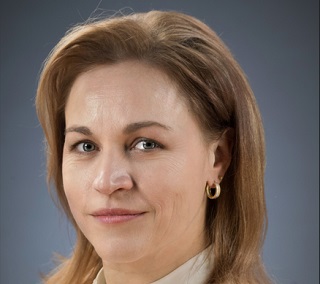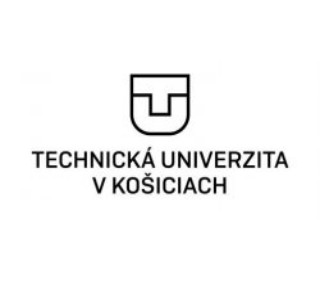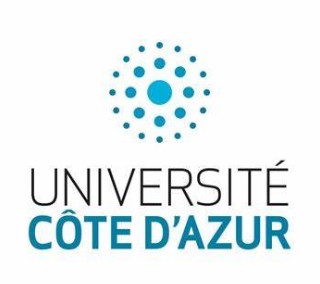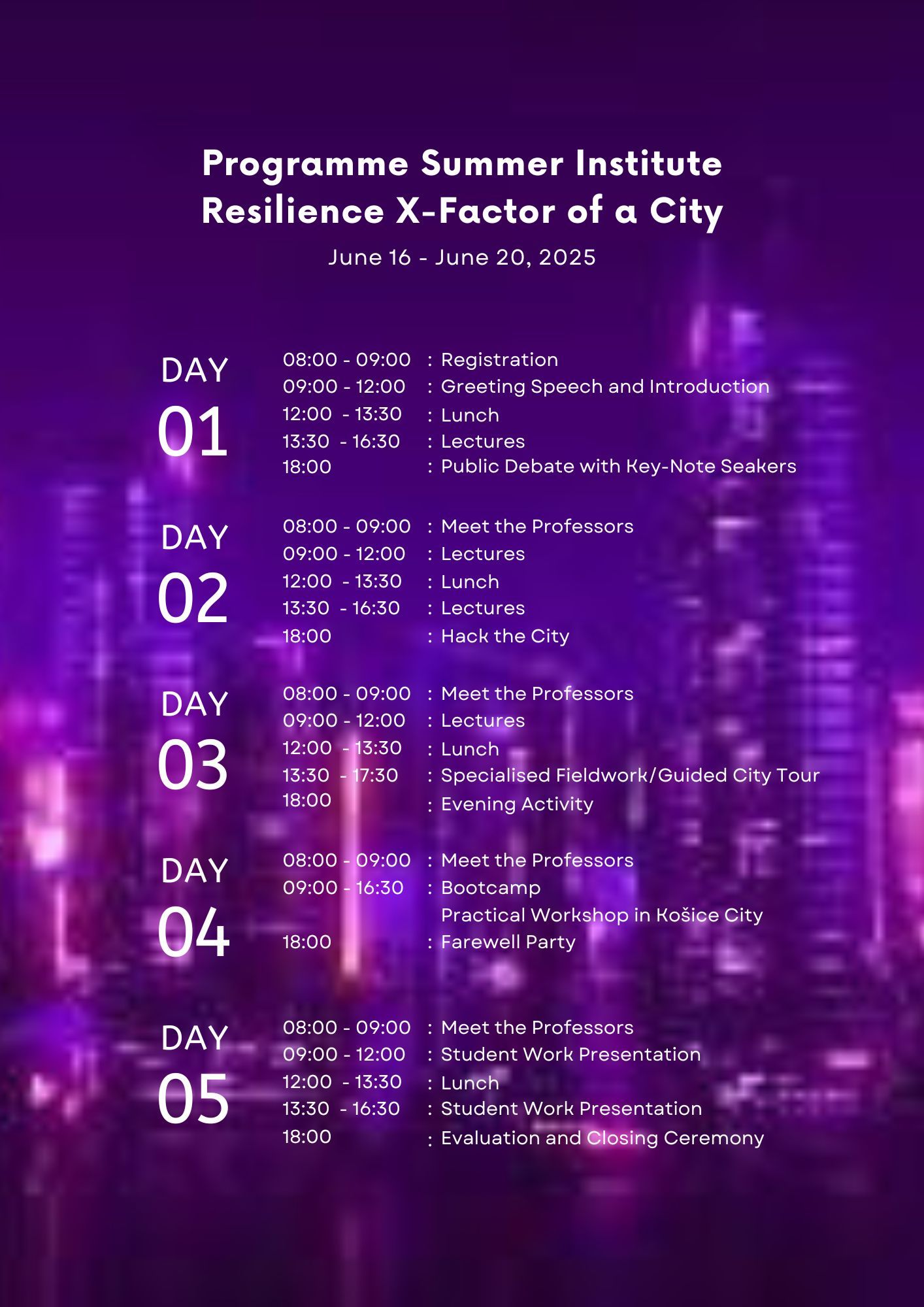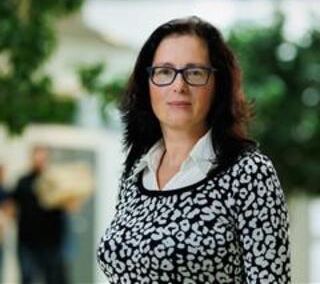
You are Invited to Summer Institute in TUKE, Košice, Slovakia
RESILIENCE X-FACTOR OF A CITY
Summer Institute on-site Bootcamp week 16-20 June, 2025
The TUKE Summer Institute 2025 focuses on the growing importance of resilience in cities facing significant shocks and disasters, such as wars, climate change, and pandemics. Through interactive discussions and practical analyses, this year’s theme, ‘The Resilience X-Factor of a City’, will explore how modern urban management can enhance city resilience and prepare for a broad spectrum of challenges to ensure long-term wellbeing.
Participate

